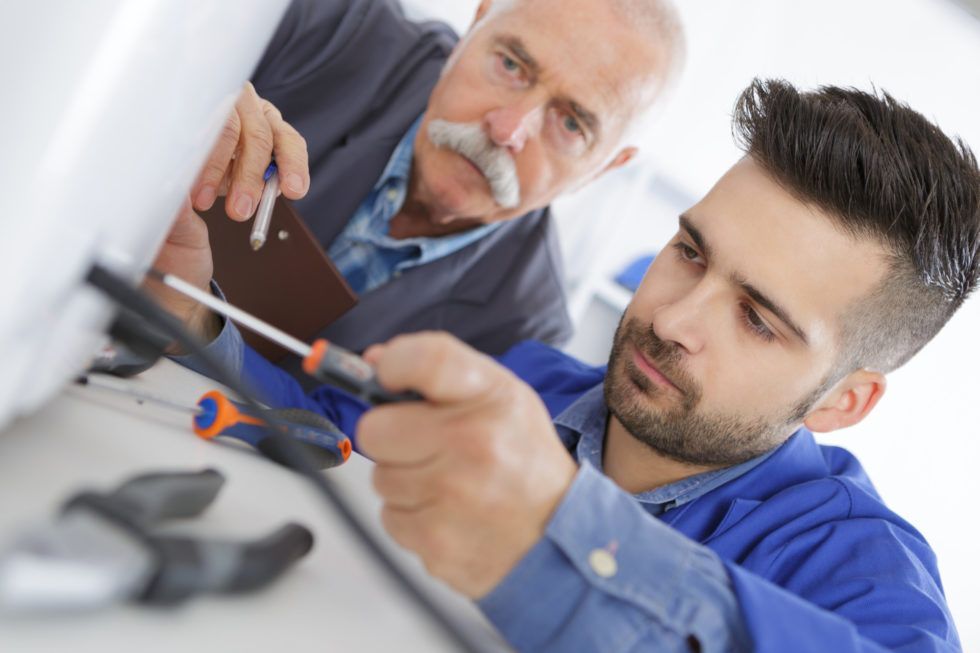"10 Ways to Improve Your Home's Energy Efficiency"
"10 Ways to Improve Your Home's Energy Efficiency"

Introduction
As energy costs continue to soar and the impacts of climate change become increasingly evident, finding ways to make our homes more energy-efficient has never been more important. Energy-efficient homes not only help lower utility bills but also contribute to a greener, more sustainable planet. Here are ten practical, cost-effective ways to improve your home's energy efficiency:
1. Upgrade Your Home with Energy-Efficient Appliances
Energy-efficient appliances can seem expensive upfront, but they can save significant amounts of energy and money in the long run. These appliances consume less electricity for the same functionality, helping to shrink your carbon footprint and your energy bills. Always look for ENERGY STAR labels when shopping for new appliances; these labels guarantee that the appliances meet stringent energy efficiency guidelines set by the Environmental Protection Agency.
2. Let There Be LED Light
LED lights are a great way to reduce your home's energy consumption. They use approximately 75% less energy and last 25 times longer than traditional incandescent bulbs. By replacing your home's five most frequently used light fixtures or bulbs with models that have earned the ENERGY STAR, you can save nearly $45 each year.
3. Seal the Deal with Insulation
Heating and cooling account for about 50% to 70% of the energy used in the average American home, making it the largest energy expense for most homes. A well-insulated home can significantly reduce this energy consumption, saving you money and making your home more comfortable. By sealing uncontrolled air leaks, you can save 10% to 20% on heating and cooling bills.
4. Smart Temperature Control with Programmable Thermostats
Programmable thermostats let you control your home's temperature when you're asleep or away. By simply programming your thermostat to 68 degrees Fahrenheit in the winter and 78 degrees Fahrenheit in the summer, you can save about $180 every year in energy costs.
5. Harness the Sun with Solar Panels
While solar panels require a significant upfront investment, they can save you money in the long run. Solar panels generate their power, reducing your reliance on the grid, and can slash your energy bills by up to 50%. They also increase your property value and make your home more appealing to potential buyers.
6. Window Your Way to Efficiency
Energy-efficient windows reduce heat loss in the winter and heat gain in the summer, resulting in less energy needed for heating and cooling your home. Double-glazed windows, for example, are up to twice as effective at retaining heat and air conditioning compared to single-glazed windows.
7. Natural Cooling with Shade Trees
Strategically planted trees can serve as natural air conditioners and can save homeowners up to 25% in energy costs by reducing the need for air conditioning in the summer. Plus, they're an attractive addition to any yard.
8. Warm Up to Water Heater Insulation
Water heating accounts for about 18% of the energy consumed in your home. Insulating your water heater can reduce heat loss by 25% to 45% and save you about 7% to 16% in water heating costs. It's an inexpensive and straightforward DIY job that can pay off quickly in energy savings.
9. Power Off with Power Strips
Many electronic devices and equipment continue to consume electricity even when they're switched off, a phenomenon known as phantom loads. By plugging electronic devices into power strips and switching them off when not in use, you can reduce your energy consumption. It's estimated that phantom loads can account for as much as 10% of a household's energy use, so this simple step can result in significant savings.
10. Maintain HVAC for Maximum Efficiency
Your HVAC system works hard to keep your home comfortable. However, like any piece of machinery, it requires regular maintenance to run efficiently. Simple actions like replacing air filters every 2-3 months and having your system serviced annually can improve efficiency, reduce energy consumption, and extend the lifespan of the system.
Conclusion
Making your home more energy-efficient doesn't have to be overwhelming or costly. By implementing these tips one by one, you can start making a difference in your energy consumption, your utility bills, and the environment. Remember, every little bit helps. Even small changes can add up to big savings over time. Start today, and before you know it, you'll be reaping the rewards of a more energy-efficient home.




